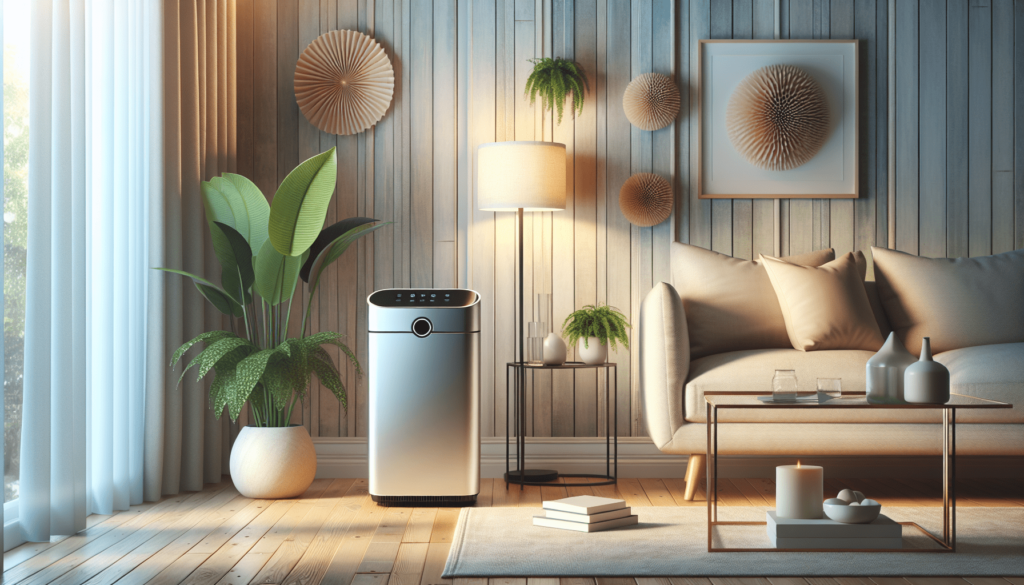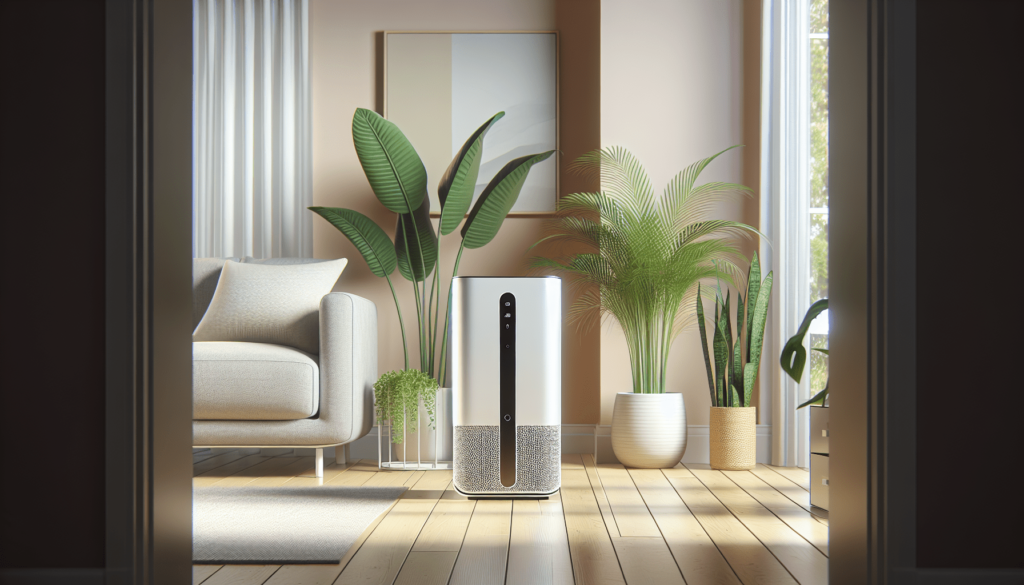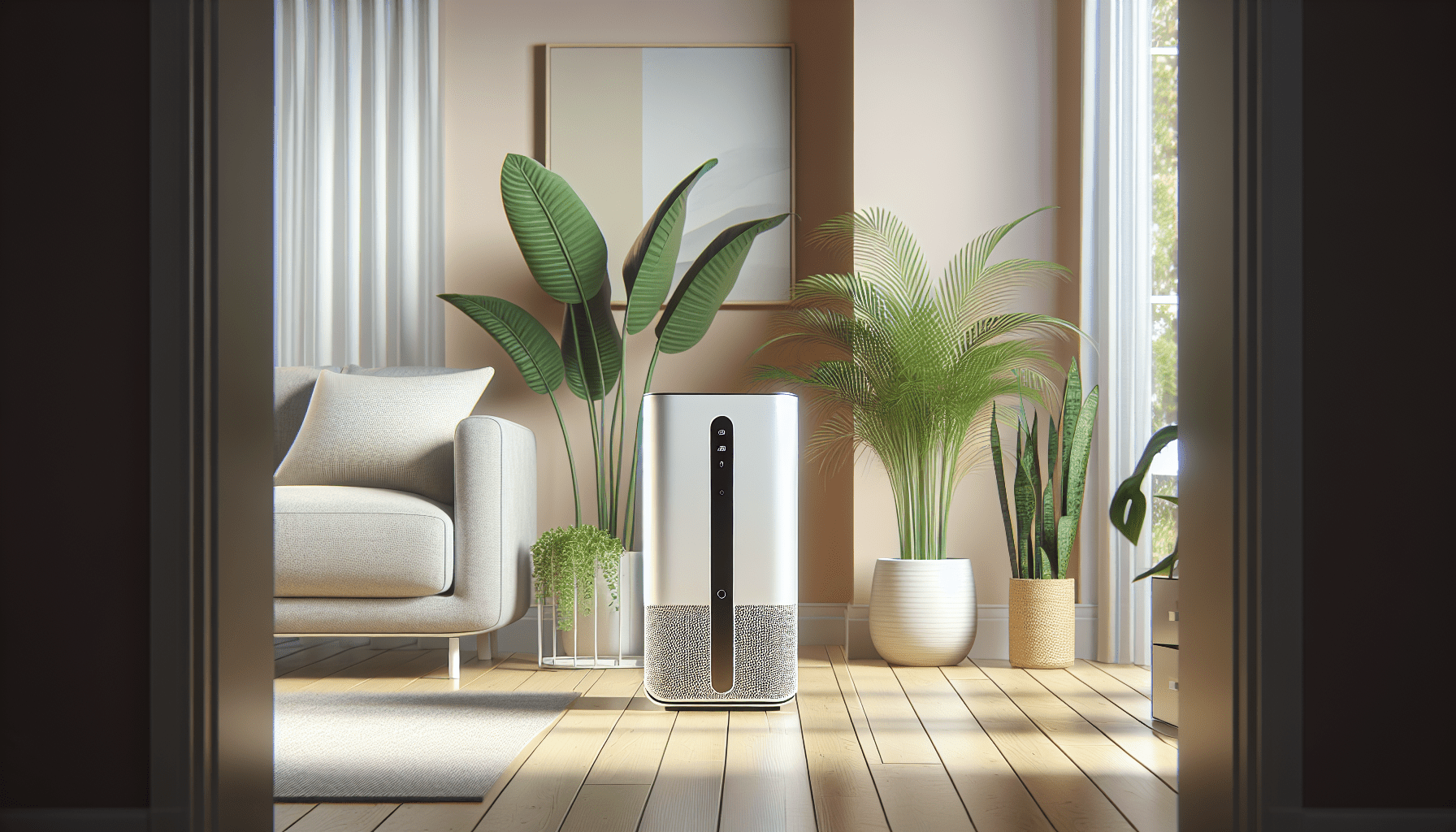In “Simple Steps to Improve Indoor Air Quality and Find Allergy Relief,” you’ll discover easy, practical measures to make your home a haven of clean air and comfort. By following these straightforward tips, you can significantly reduce allergens and breathe easier. Whether it’s through regular cleaning, using air purifiers, or making mindful choices about household products, you’ll find effective strategies that fit seamlessly into your daily routine. Embrace these simple changes, and enjoy a fresher, healthier living space that supports your well-being. Have you ever felt that itchy nose, watery eyes, or that annoying tickle in your throat right after spending time indoors? You might be experiencing allergic reactions caused by the very air you’re breathing. Indoor air quality plays a crucial role in your overall well-being, especially for those who suffer from allergies. By taking some simple steps, you can improve your indoor air quality and find much-needed allergy relief.
Understanding Indoor Air Quality
Indoor air quality refers to the air quality within and around buildings and structures, especially concerning the health and comfort of the building occupants. Poor indoor air quality has been linked to various health issues, ranging from minor irritations to severe illnesses. Understanding what affects the quality of your indoor air is the first step in making improvements.
Common Indoor Air Pollutants
Several common pollutants can significantly impact the air you breathe indoors. Knowing these pollutants can help you target areas for improvement.
| Pollutant | Source | Health Effects |
|---|---|---|
| Dust Mites | Bedding, upholstery, carpets | Allergies, asthma attacks |
| Mold and Mildew | Damp or wet areas, poorly ventilated spaces | Respiratory issues, allergic reactions |
| Pet Dander | Skin flakes, saliva, urine | Allergies, asthma attacks |
| Pollen | Outdoor plants, open windows | Allergies, sinus irritation |
| VOCs (Volatile Organic Compounds) | Paints, cleaning supplies, new furniture | Headaches, dizziness, respiratory problems |
| Tobacco Smoke | Smoking indoors | Lung disease, heart disease, cancer |
Why Indoor Air Quality Matters
You might wonder why indoor air quality is such a big deal. Indoor air can be more polluted than outdoor air, and considering that many people spend up to 90% of their time indoors, the quality of the air you breathe can have a significant impact on your health. Poor air quality can exacerbate allergies, asthma, and other respiratory conditions, causing discomfort and potentially leading to long-term health issues.
Steps to Improve Indoor Air Quality
Now that you know the importance of ensuring good indoor air quality, let’s dive into some practical steps you can take to improve the air you breathe and find relief from allergies.
Regular Cleaning
Keeping your living space clean is essential in reducing indoor pollutants. Here are some cleaning tips to help you maintain good indoor air quality.
Vacuuming with a HEPA Filter
Vacuuming is not just about keeping your floors clean. Using a vacuum with a High-Efficiency Particulate Air (HEPA) filter can trap small particles like dust mites, pet dander, and pollen that trigger allergies. Aim to vacuum at least once a week and more frequently if you have pets.
Dusting
Regular dusting can prevent the buildup of dust and other irritants on surfaces. Use a damp cloth or an electrostatic duster to trap dust rather than spreading it into the air.
Washing Bedding
Dust mites love to live in bedding, so washing your sheets, pillowcases, and other bed linens in hot water (at least 130°F) once a week can significantly reduce their numbers.
Controlling Humidity Levels
Humidity levels in your home can influence the presence of mold, mildew, and dust mites. Keep your indoor humidity between 30-50% using a hygrometer to monitor it.
Using a Dehumidifier
If you live in a humid climate or have areas in your home that are consistently damp, a dehumidifier can help keep humidity levels in check.
Ventilating Properly
Proper ventilation in kitchens and bathrooms, where moisture levels can spike, is essential. Make use of exhaust fans to reduce humidity.
Air Purifiers
Air purifiers can be an effective way to remove pollutants from the air, especially in bedrooms and other frequently used spaces.
Choosing the Right Air Purifier
Look for air purifiers with HEPA filters as they can trap very fine particles, including allergens. Also, consider the size of the unit in relation to the space it needs to cover.
Plant Power
Certain houseplants can help improve air quality by absorbing toxins and releasing clean oxygen.
Best Plants for Air Quality
| Plant Name | Benefits | Care Requirements |
|---|---|---|
| Spider Plant | Removes formaldehyde | Low maintenance, indirect sunlight |
| Snake Plant | Removes formaldehyde, xylene, benzene, toluene | Tolerates low light, water sparingly |
| Peace Lily | Removes formaldehyde, benzene, trichloroethylene | Prefers shade, keep soil moist |
| Aloe Vera | Absorbs formaldehyde, benzene | Needs bright sunlight, minimal watering |
Managing Pet Dander
If you have pets, managing pet dander is crucial for maintaining good indoor air quality.
Regular Grooming
Regular grooming can reduce the amount of pet dander in your home. Brush your pets frequently to minimize shedding.
Pet-Free Zones
Create pet-free zones in your home, especially in bedrooms, to reduce your exposure to pet dander.
Maintenance of HVAC Systems
Your HVAC system can circulate pollutants if not properly maintained. Regular maintenance is essential to ensure it contributes positively to your indoor air quality.
Changing Filters
Change your HVAC filters regularly, ideally every 1-3 months, depending on your system and how often it’s used.
Professional Inspection
Have your HVAC system professionally inspected and cleaned annually to ensure it’s running efficiently and not spreading pollutants.

Preventative Measures for Long-Term Relief
It’s not just about the immediate solutions; taking preventative measures can provide long-term relief from poor indoor air quality and allergies.
Choosing Low-VOC Products
Many household products release volatile organic compounds (VOCs), which can degrade indoor air quality.
Paints and Finishes
When painting or refinishing items in your home, choose products labeled as low-VOC or VOC-free.
Cleaning Supplies
Opt for natural or eco-friendly cleaning supplies that don’t emit harmful chemicals.
Ensuring Proper Airflow
Proper airflow ensures that fresh air can circulate while pushing out stale, polluted air.
Use of Exhaust Fans
Exhaust fans in kitchens and bathrooms help expel stale air and reduce moisture levels.
Opening Windows
Open windows when possible to allow fresh air to flow through your home. Even a few minutes each day can make a difference.
Radon Testing
Radon is a colorless, odorless gas that can contribute to indoor air pollution and cause health issues.
Radon Testing Kits
Purchase a radon testing kit from a hardware store to check levels in your home, and take necessary action if levels are high.
Personal Habits that Impact Air Quality
Sometimes, your daily habits can contribute to indoor air quality. Here are some personal practices to consider.
Smoking Outdoors
Cigarette smoke contains numerous pollutants. If you smoke, always do so outdoors away from windows and doors to prevent smoke from entering your living space.
Shoes Off Policy
Shoes can track in dirt, pollen, and other pollutants. Implementing a shoes-off policy can help keep these irritants out of your home.
Regular Maintenance of Household Items
Keeping household items in good repair can prevent the buildup of dust and other pollutants.
Clean Appliances Regularly
Clean your appliances regularly, especially those that can harbor moisture like humidifiers, to prevent mold and bacteria growth.

Addressing Mold and Mildew
Mold and mildew are major offenders when it comes to indoor air quality issues. Addressing them promptly can prevent respiratory issues and allergies.
Identifying Problem Areas
Look for areas in your home that have a musty smell or visible mold growth. Common areas include basements, bathrooms, and under sinks.
Removing Mold Safely
When dealing with minor mold issues, you can use a mixture of water and detergent or a specific mold remover. Larger infestations may require professional removal.
Preventing Mold Growth
Prevent mold by controlling moisture. Fix leaks promptly, use dehumidifiers, and ensure areas are well-ventilated.
Maintaining An Allergen-Free Environment
To maintain a long-term allergen-free environment, it’s crucial to take consistent actions. This involves regular cleaning, minding pets, and maintaining appliances.
Regular Inspections
Schedule regular inspections of your home’s ventilation, HVAC systems, and other areas prone to dirt and moisture buildup.
Educating Household Members
Everyone in the household should be aware of the importance of maintaining clean indoor air. This collective effort can have a significant positive impact on indoor air quality.
Seasonal Adjustments
Be mindful of seasonal changes and how they affect indoor air quality. For instance, during pollen season, keep windows closed and run air purifiers.
Finding Professional Help
Sometimes, professional help is necessary to ensure the best indoor air quality.
Hiring an Indoor Air Quality Specialist
Indoor air quality specialists can assess your home’s air quality and provide personalized recommendations based on detailed evaluations.
Professional Cleaning Services
Consider hiring professional cleaning services for deep cleaning carpets, upholstery, and other hard-to-clean items.
Conclusion
Improving your indoor air quality doesn’t have to be overwhelming. Simple steps such as regular cleaning, managing humidity, and using air purifiers can make a significant difference. By implementing these measures, you can create a healthier living environment and find relief from allergies. Remember, it’s about creating a consistent routine that prioritizes clean, fresh air for you and your loved ones. You deserve to breathe easy in your home.
